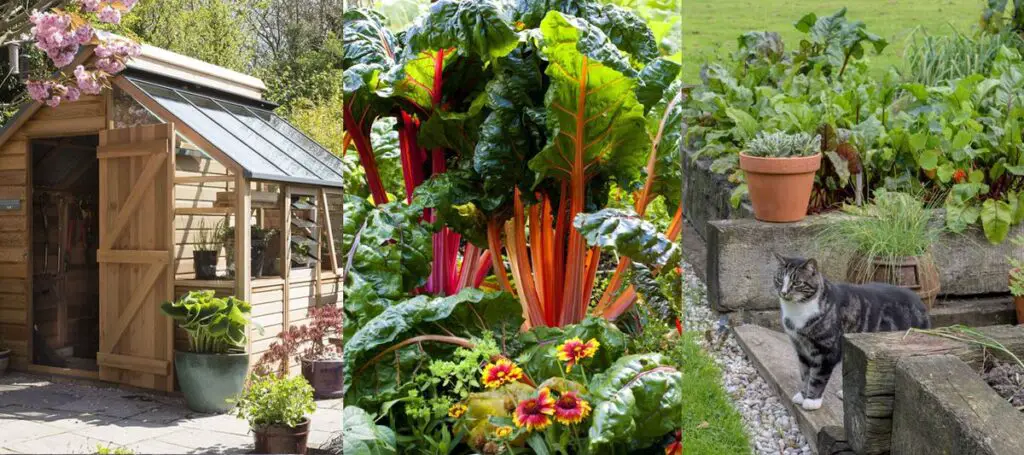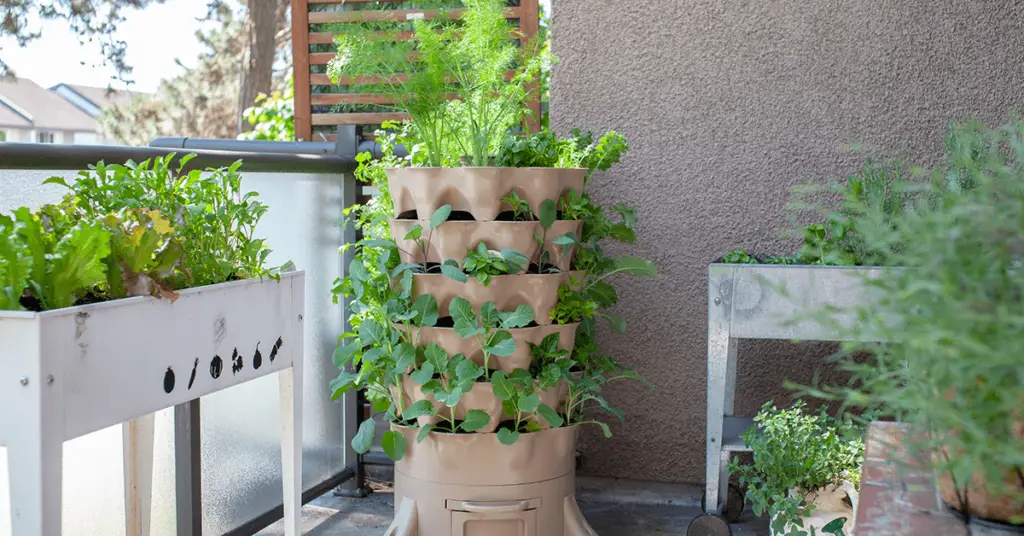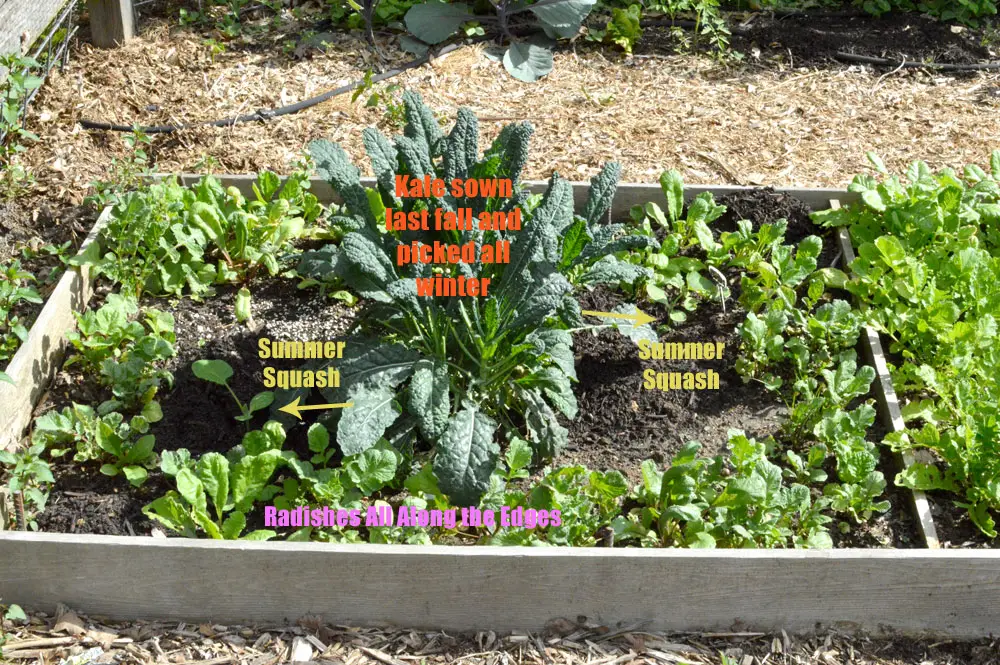Are you interested in learning how to maximize your small space garden to provide you with a year-round supply of fresh food? With the right techniques and strategies, you can make the most of your limited space to grow a variety of fruits, vegetables, and herbs. In this article, we will explore different methods and tips to help you optimize your small space garden for a steady food supply throughout the year.

Choosing the Right Plants for Your Small Space Garden
When it comes to maximizing your small space garden, selecting the right plants is crucial. Choose plants that are suitable for the size of your garden and are known for their ability to produce a high yield in a small space. Some examples of plants that are ideal for small space gardens include cherry tomatoes, leafy greens like lettuce and spinach, herbs such as basil and cilantro, and compact fruit trees like dwarf apple or citrus trees.
Consider the Size and Growth Habit of Plants
Before choosing which plants to grow in your small space garden, consider the size and growth habit of each plant. Opt for varieties that are compact and well-suited for container gardening or vertical growing. Look for plants that are known for their ability to grow well in small spaces and produce a high yield.
Container Gardening for Small Spaces
Container gardening is an excellent option for small space gardens, as it allows you to grow plants in pots, planters, or other containers. This method is ideal for those who have limited outdoor space or live in an apartment or condo. When container gardening, be sure to choose containers that are large enough for your plants’ root systems and have proper drainage to prevent waterlogging.
Choose Lightweight and Durable Containers
When selecting containers for your small space garden, opt for lightweight and durable options that are easy to move around. Consider using plastic, resin, or fiberglass pots that are weather-resistant and won’t break easily. Avoid heavy materials like ceramic or stone, as they can be difficult to maneuver and may be challenging to transport.
Vertical Gardening Techniques
Vertical gardening is a space-saving technique that involves growing plants vertically on walls, trellises, or structures. This method is perfect for small space gardens, as it maximizes vertical space and allows you to grow more plants in a limited area. Consider using trellises, wall-mounted planters, or vertical gardening systems to make the most of your small space garden.
Train Plants to Grow Upward
When practicing vertical gardening, train plants to grow upward by using stakes, trellises, or other vertical supports. This will help plants grow vertically and maximize space in your small space garden. Choose vining plants like cucumbers, peas, or beans that naturally climb and can thrive in a vertical gardening environment.
Compact Fruit Trees for Small Space Gardens
If you’re interested in growing fruit in your small space garden, consider planting compact fruit trees that are well-suited for small spaces. Compact fruit trees like dwarf apple trees, miniature citrus trees, or patio peach trees are perfect for small space gardens and can produce a bountiful harvest of fresh fruit. Be sure to choose fruit tree varieties that are suitable for container growing and can thrive in a limited space.
Prune Fruit Trees Regularly
To maximize fruit production and keep your compact fruit trees healthy, be sure to prune them regularly. Pruning helps manage the size and shape of the tree, promotes healthy growth, and increases fruit yield. Remove any dead or damaged branches, thin out crowded areas, and shape the tree to encourage fruit production.

Companion Planting in Small Space Gardens
Companion planting is a gardening technique that involves growing different plants together to enhance growth, deter pests, and improve overall plant health. In small space gardens, companion planting can help maximize space, increase yields, and create a balanced ecosystem for your plants. Consider planting companion plants that complement each other and work well together in a small space garden.
Choose Companion Plants Wisely
When practicing companion planting in your small space garden, choose companion plants wisely to maximize the benefits for your plants. For example, plant marigolds near tomatoes to deter pests, grow basil near peppers to improve flavor, or plant radishes near lettuce to repel insects. Research companion planting combinations that work well together and provide mutual benefits for your plants.
Season Extension Techniques for Year-Round Food Supply
To ensure a year-round food supply from your small space garden, consider implementing season extension techniques that allow you to grow food throughout the year. Techniques like using cold frames, row covers, or greenhouse structures can help protect plants from frost, extend the growing season, and provide you with fresh produce even in colder months. Experiment with different season extension methods to find what works best for your small space garden.
Use Cold Frames for Season Extension
Cold frames are simple structures that consist of a transparent cover and a bottomless frame that sits on top of the soil. They help trap heat and protect plants from cold temperatures, allowing you to extend the growing season and grow food well into the fall or winter. Consider using cold frames to protect cold-sensitive plants, start your seedlings early, or grow vegetables that require warmer temperatures.

Watering and Fertilizing Tips for Small Space Gardens
Proper watering and fertilizing are essential for the health and productivity of your small space garden. Water your plants regularly, but be mindful not to overwater, as this can lead to root rot and other issues. Use a well-balanced fertilizer to provide essential nutrients to your plants and promote healthy growth. Consider using organic fertilizers or compost to enrich the soil and improve overall plant health.
Water Plants Early in the Morning
Water your plants early in the morning to ensure they have enough moisture to thrive throughout the day. Watering in the morning allows plants to absorb moisture before the heat of the day evaporates it, helping them stay hydrated and healthy. Avoid watering in the evening, as wet leaves can promote fungal diseases in your plants.
Pest and Disease Management in Small Space Gardens
Pests and diseases can wreak havoc on your small space garden if left unchecked. Implement pest and disease management strategies to protect your plants and prevent infestations from taking over. Monitor your plants regularly for signs of pests or diseases, practice good garden hygiene, and use natural pest control methods to keep your small space garden healthy and thriving.
Attract Beneficial Insects
Encourage beneficial insects like ladybugs, lacewings, and predatory wasps to your small space garden to help control pest populations naturally. Plant flowers that attract beneficial insects, provide habitat for them to live and reproduce, and avoid using chemical pesticides that can harm beneficial insects. Beneficial insects can help keep pest populations in check and prevent outbreaks in your small space garden.

Harvesting and Preserving Your Small Space Garden Produce
Harvesting your small space garden produce at the right time and preserving it properly ensures you can enjoy fresh food from your garden year-round. Harvest fruits and vegetables when they are ripe, handle them carefully to prevent damage, and store them in a cool, dark place to prolong their shelf life. Consider preserving excess produce through canning, freezing, or drying to enjoy your small space garden bounty throughout the year.
Preserve Excess Produce
If you have an abundance of fruits and vegetables from your small space garden, consider preserving excess produce through canning, freezing, or drying. Canning involves bottling fruits or vegetables in jars with a preservative solution, while freezing involves storing produce in the freezer to enjoy later. Drying is another preservation method that involves removing moisture from produce to extend its shelf life. Experiment with different preservation techniques to find what works best for your small space garden harvest.
By implementing these techniques and strategies, you can maximize your small space garden for a year-round supply of fresh food. Take the time to plan your garden layout, choose the right plants, and care for your garden properly to ensure a bountiful harvest throughout the year. With the right tools and knowledge, you can enjoy the benefits of growing your own food in even the smallest of spaces.
